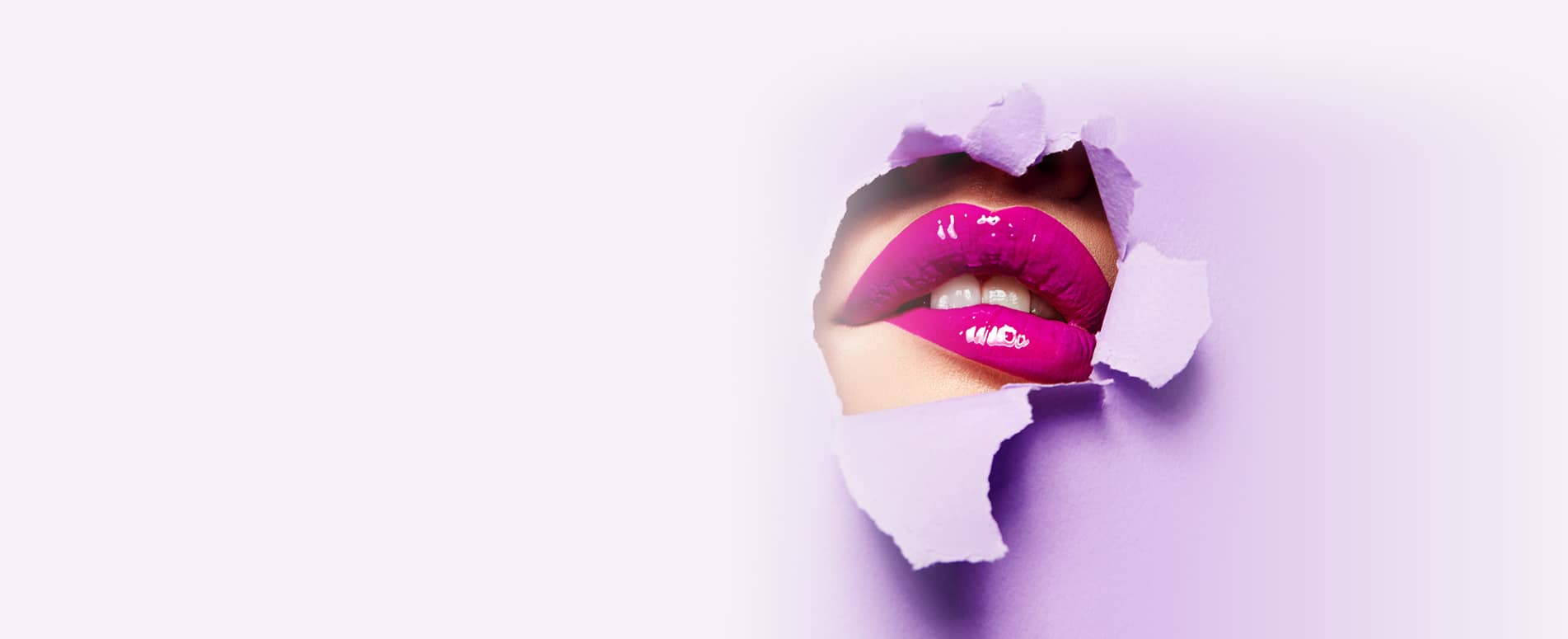
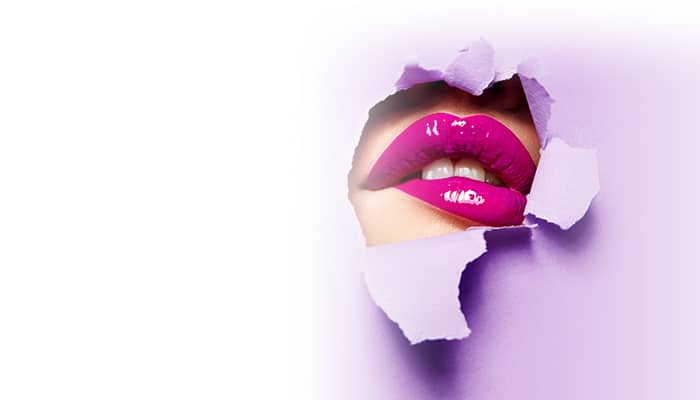
A crossbite is a type of dental misalignment in which the upper and lower teeth do not connect evenly when taking a bite. When a crossbite is diagnosed early, your dentist will recommend you have it fixed right away so that it doesn’t result in an uneven jaw or other oral health problems.
There are different ways in which crossbite can be treated. They include elastics, braces or surgery. The way your crossbite will be treated will be as a result of the type of crossbite you have and how severe it is.
Crossbite is a common dental problem, but it can lead to more oral health problems when they are not treated. We have provided you all the information that will help you understand this condition better and how it can be treated.
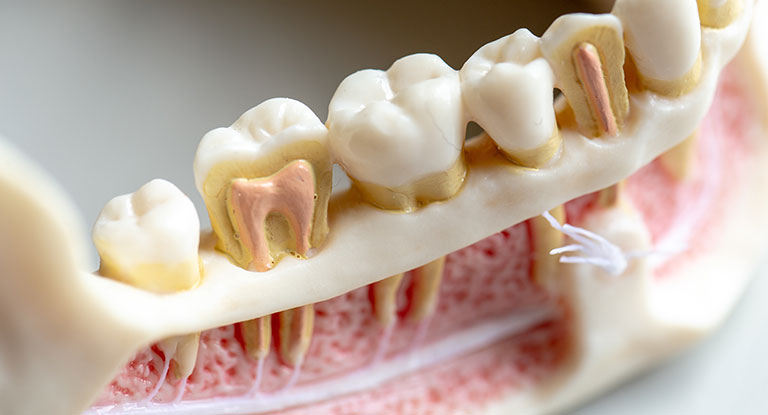
A crossbite is a type of misaligned teeth. It appears as an uneven or asymmetrical jaw. It occurs when the upper and lower teeth do not connect evenly. The top teeth sits on the inside of the bottom teeth, or the upper back teeth overhang the lower teeth and extends too far.
Genetic factors are the main causes of crossbite, which result in overcrowded teeth, or behavioural factors, such as thumb sucking. Crossbite is described differently by people because they have different causes.
Crossbite can be classified according to how many teeth are affected or where in the mouth they are located. As a result of the above, crossbite can be classified into the following types:
The buccal part of your mouth is the closest to your neck. A buccal crossbite occurs when the teeth sit too far out towards the cheek. One of the symptoms of a buccal crossbite is when your tongue can feel the biting surface of your inner teeth when the mouth is closed.
A lingual crossbite occurs when the teeth sit too far in towards the tongue. The symptoms of this type of crossbite are same as that of buccal crossbite — your tongue feels the biting surface of your inner teeth when your mouth is closed.
An anterior crossbite can also be referred to as an underbite. It occurs when the upper front teeth rest behind the lower front teeth. They are caused by the following conditions:
Anterior crossbite can be noticed easily — it makes your chin look uneven.
A posterior crossbite affects the teeth at the back of the mouth. It is the opposite of an anterior crossbite. It occurs when the upper back teeth rest behind the lower back teeth. The causes of anterior crossbite are similar to those that affect the front teeth. This type of crossbite can also result when the milk teeth fall out late or when adult teeth appear in the wrong order and position. Treating posterior crossbite is easy especially if diagnosed early.
A single tooth crossbite is when only one tooth is affected. It occurs when a bottom tooth is longer than it supposed to be or when an upper tooth is pushed inward.
A segmental crossbite, on the other hand, can affect two or three teeth at the same time. The teeth do not always line up the way they should which makes them sit out towards the cheek, or inwards towards the tongue.
A bilateral crossbite occurs when both sides of your mouth are affected by the crossbite while a unilateral crossbite happens on only one side of your mouth. The treatment for the two crossbites are the same just that there may be slight difference in the work that will be done.
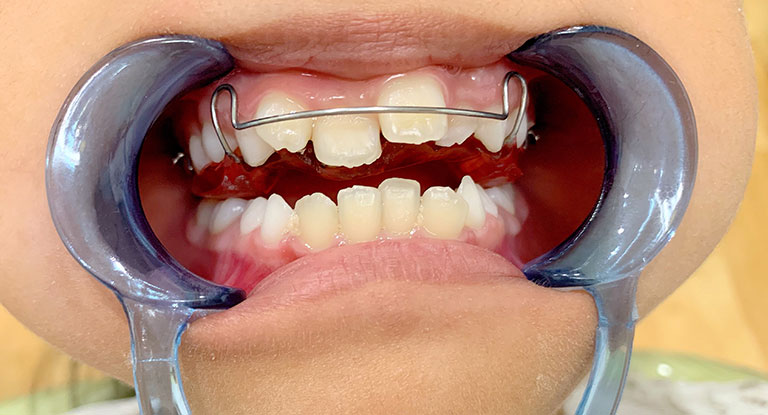
The table below is an overview of the types of crossbite to help you understand them better.
| Types of crossbite | Meaning |
| Buccal crossbite | The teeth are positioned towards the check |
| Lingual crossbite | The teeth are positioned towards the tongue |
| Anterior crossbite | It affects the front teeth |
| Posterior crossbite | It affects the back teeth |
| Single tooth crossbite | It affects only one tooth |
| Segmental crossbite | It affects 2-3 teeth |
| Unilateral crossbite | It affects one side of the teeth |
| Bilateral crossbite | It affects the two sides of the teeth |
Crossbite teeth is not really a problem aesthetically. It must be corrected on time so that it doesn’t cause more problem in the future. There are many problems of posterior and anterior crossbite; they include:
There are different treatment options for crossbite. This is because there are different types of crossbite and each having their causes. Diagnosing crossbite early in children makes treatment effective because the bones are not fused in place yet. Treating crossbite with braces early is about 80% more effective without other treatment being required.
The treatment options for crossbite are:
The use of braces is common for treating posterior and anterior crossbite. Palate expander is the most common type of braces used for treating crossbite. When a palate expander is used, it widens the upper jaw allowing the top teeth to sit properly with the lower teeth.
Adjusting palate expanders periodically helps to push the teeth farther apart. The faster result is achieved when a rapid expansion method is used – It can help to achieve the desired result within a few months.
Further straightening may be required after the palate has been expanded to the correct size. This can be achieved by wearing retainers, which helps to keep the teeth in place.
Invisalign braces can be used effectively to treat patients with mild or moderate crossbite cases. This types of braces cannot be noticed easily, and they are more convenient for use compared to metal braces. Invisalign cannot treat all types of crossbite; you can take a free smile assessment from Invisalign website to know if your crossbite can be treated with Invisalign braces.
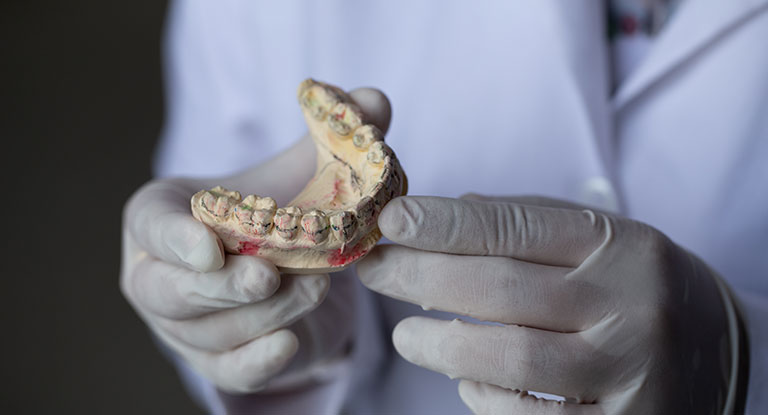
Elastics can be used to treat posterior and anterior crossbite. A posterior crossbite elastic is used to fix the misaligned teeth at the back of your mouth. It uses hooks that are fixed to the inside of your top tooth and the outside of your lower tooth and then connected by an elastic band.
This helps to pull the back tooth outwards, allowing it to sit over the lower tooth as it ought to be. This process is quite simple, and it can take up to four months to achieve the desired result.
Jaw realignment surgery can be used for treating severe cases of crossbite. Some people are always worried when undergoing surgery — it is worth the worry if it will bring back your oral health. You will be required to wear braces for at least eighteen months after undergoing a crossbite surgey — this will help to hold your teeth back in position.
In jaw realignment surgery, breaking and repositioning of the jaw will occur. The surgeon then adds plates and screws to hold the jaw in place. There is no visible scarring because the cuts are all done inside your mouth.
Crossbite surgery recovery processes are in three stages. You will need to take liquid foods for the first three days. Healing takes about six weeks and twelve weeks for full recovery. Crossbite braces can be worn afterwards for at least six months.
The dentist may need to show you some before and after surgery pictures to calm your nerves and also to help you understand what your treatment results will be like.
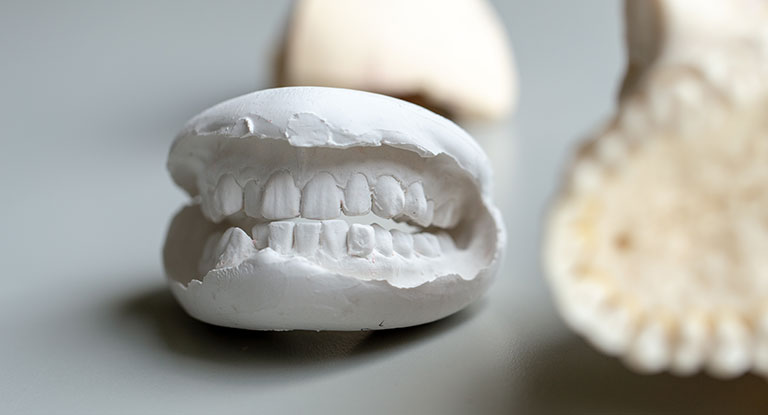
Jaw realignment surgery in London can be expensive; it can cost up to £2,500 or even higher. The high cost of jaw realignment surgery in London is influenced by a lot of variables that — these variables contribute to the overall crossbite surgery costs. These include some fees such as surgical fees, anaesthetic fees, hospital fees, consumables fees, and orthognathic planning fees.
You may have buccal crossbite for years without knowing. This may be the reason why you bite your tongue constantly when you are chewing. Crossbite can be fixed in adults; it is never too late to fix a crossbite. All of the treatment options such as braces, elastics, surgery can all be used to fixed crossbite in adults. You may prefer Invisalign clear braces to make your treatment less conspicuous.
Fixing crossbite is straightforward; it is quite simpler in children than adults. Treatment involves the use of braces, elastics, or surgery. Crossbite brace treatment does not necessarily mean that metal brackets will be fixed to your teeth, clear aligners may be used instead. This types of braces are effective and convenient for crossbite treatment.
Smile Works Dental has qualified dentists who can help you achieve a beautiful smile. You can visit us at Harley Street, London or call 020 71834091 today to book an appointment. We will be glad to guide you in choosing a suitable treatment option.